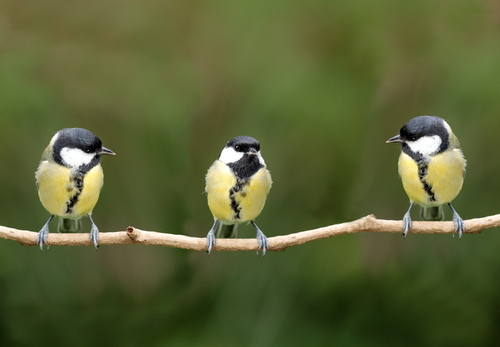The Hunger Games

When times are hard, even seed-eating birds can turn into killers, explains Sam Hardman. And their unlikely prey? Bats.
When under strong ecological pressure or when a good opportunity arises, animals can be surprisingly innovative when adapting to strong ecological pressure or, if a good opportunity arises, taking advantage of new resources. Many examples of this have been observed in the wild, including the discovery of tool use by chimpanzees, problem solving in guppies and a novel 'body slapping' behaviour as a means of communication in grey seals.
But no behaviour has surprised me more than discovering that a population of great tits in Hungary has switched from its staple diet of seeds and insects to eating hibernating pipistrelle bats (Pipistrellus pipistrellus).
At around 13cm long, great tits are small song birds, but pipistrelle bats are five times smaller. During the winter, these bats hibernate in cracks and crevices in dark caves or old buildings where they are safe and well hidden, but the noise they make on awakening draws the attention of nearby predators.
The earliest suggestion that great tits might hunt for bats goes back to at least 1947 when a Swedish biologist, Olaf Ryberg, observed dead bats in Sweden with "injury, caused e.g. by titmice (possibly also bigger birds)".
It was almost half a century later before the subject was raised again when, in 1996, a great tit was seen feeding on a dead bat in a cave in Poland. Three years later, at the same site in Poland, three more bats were found – one dead and two alive – with injuries as if caused by tit beaks.
Want to continue reading this article?
Click to login.


